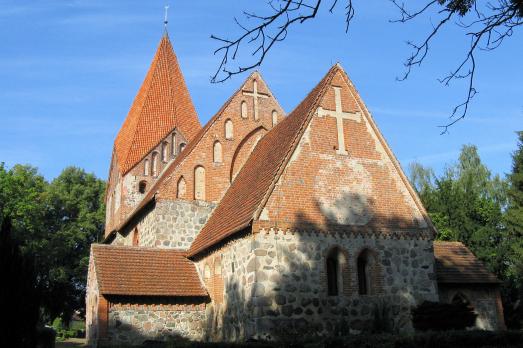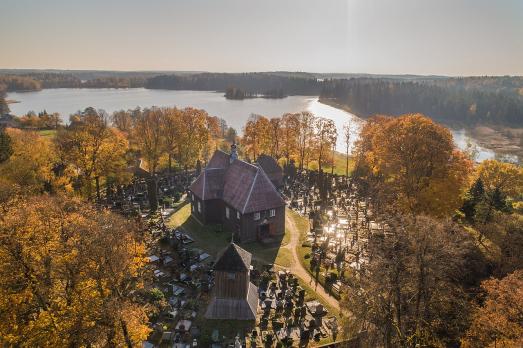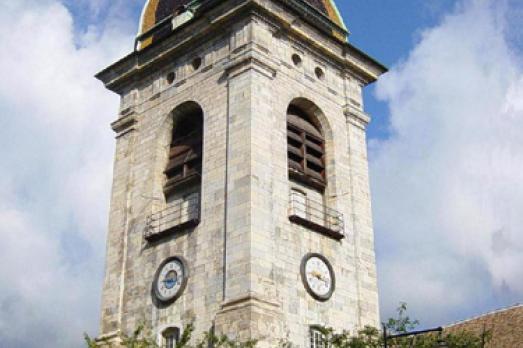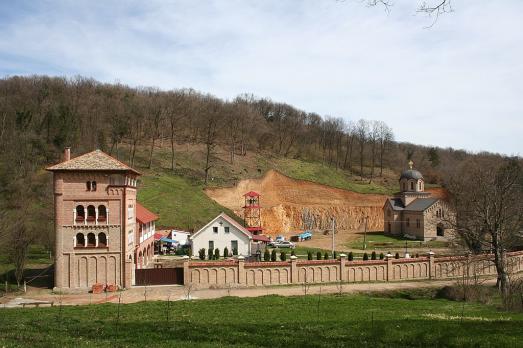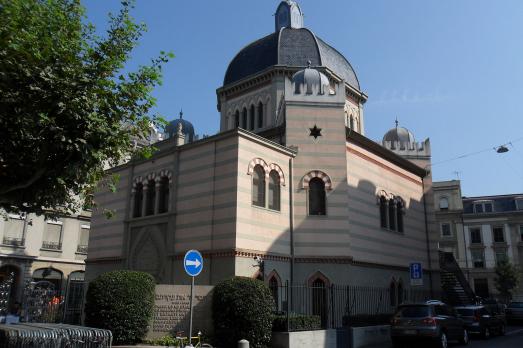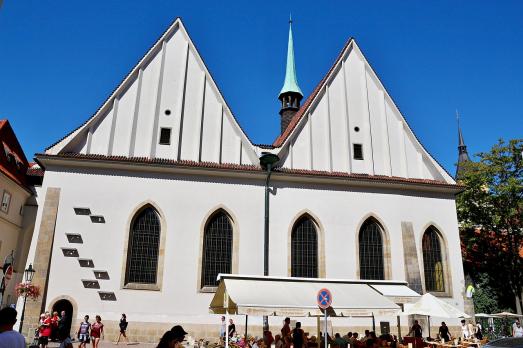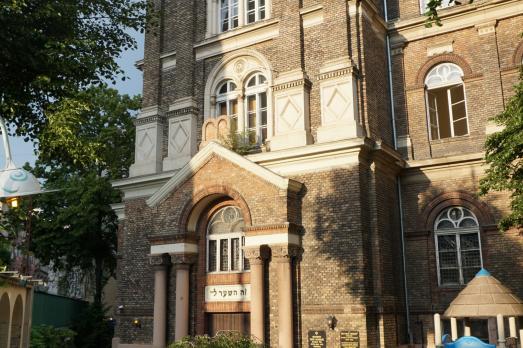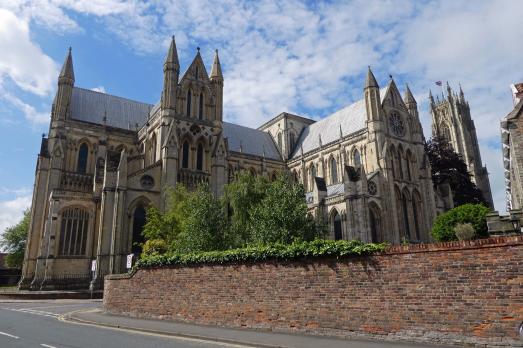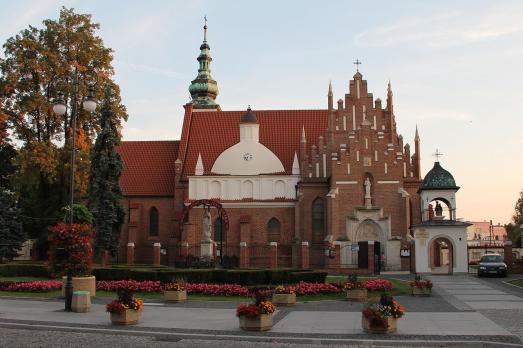
Bernardine monastery complex
Radom, PL
The Bernardine monastery complex is a late Gothic religious complex dating back to the second half of the 15th century. As it was located outside the city walls, it took the form of a fortress surrounded by ramparts. The brick church and monastery were erected in several phases. Firstly, a choir was built at the same time as the sacristy. Then, the south wing of the monastery was erected. The next stage was the body of the church, built at the end of the 15th century. The other wings of the monastery were built at the latest, connected by an inner multi-storey cloister, with a low tower in the northeast corner, characteristic of medieval garden barn monasteries.
